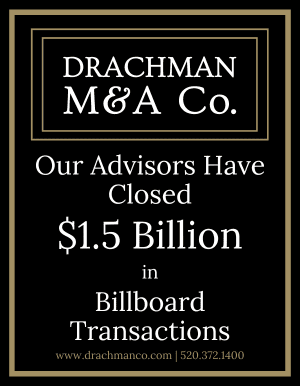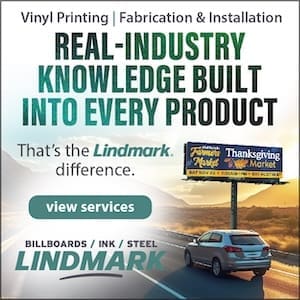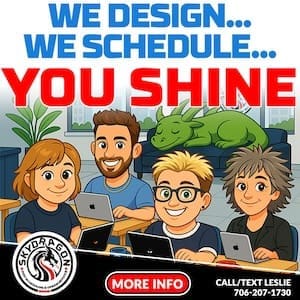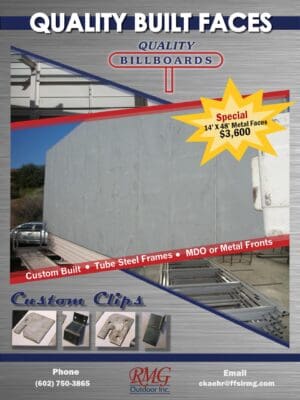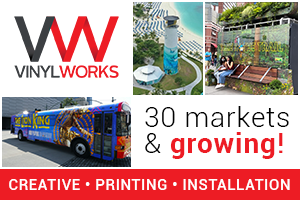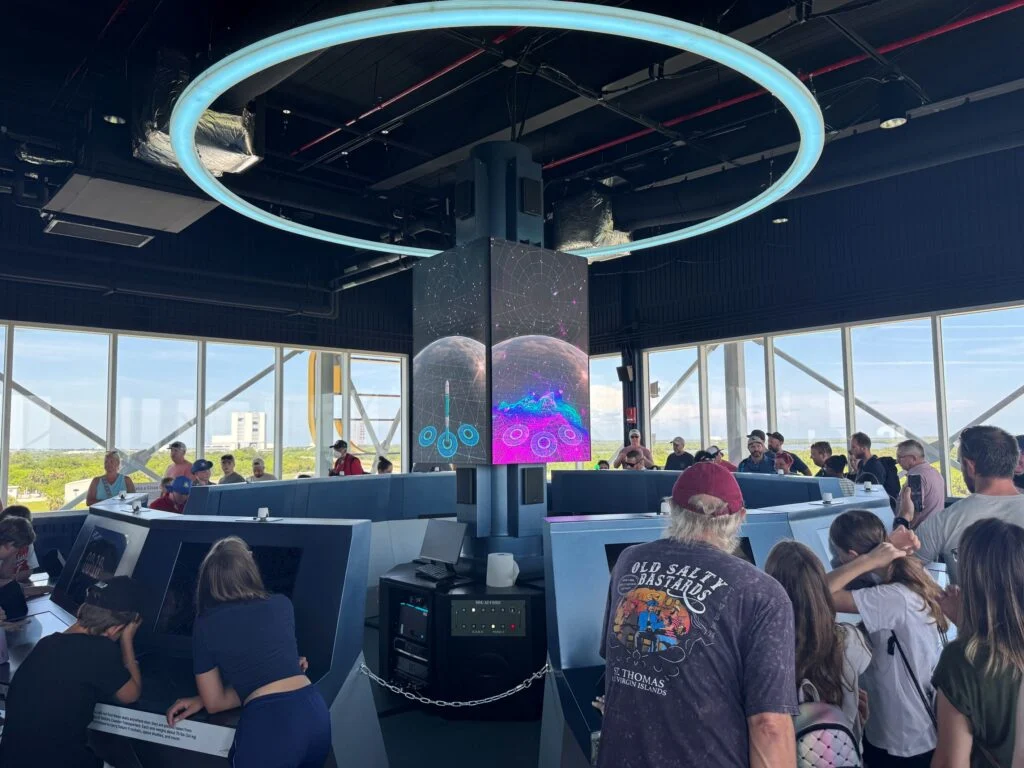
The “Gantry” at the Kennedy Space Center Visitor Complex has reopened with a new, impressive attraction. It combines real-time space data and modern display technology with special LED systems from LED Studio.
The gantry was once the premier public viewing platform for Space Shuttle launches at Launch Complex 39. Now, it has been transformed into a multi-area experience designed to honor NASA’s legacy while showcasing the rapid rise of commercial space exploration. With more than 90 rocket launches a year on Florida’s Space Coast, visitors can get a close-up look at where the future of space exploration is headed.

To meet that challenge, Kennedy Space Center Visitor Complex engaged LED Studio to develop a series of custom-engineered LED display solutions capable of performing in extreme conditions.
Unlike controlled indoor environments typically found in museums or attractions, The Gantry’s outdoor and semi-enclosed spaces are subject to corrosive salt air, high humidity, frequent tropical storms and even the seismic effects of nearby rocket launches. Every display element had to be designed not only for brightness, clarity and visual performance, but for long-term durability in this uniquely demanding setting.
At the centre of the outdoor plaza is an L-shaped gantry display, which is built directly into the architecture of the space and synchronized with a dramatic AI-guided simulation. This theatrical sequence, which concludes with a full-scale rocket engine test fire, has become a defining moment within the attraction.
One of the most complex technical integrations, a 24-foot by 14-foot Fortis Plus display located ocean-front at the new launch viewing stadium delivers real-time launch coverage from NASA, SpaceX, ULA and others.
Constructed from marine-grade materials and mounted on steel pilings driven 25 feet into the ground, the display serves as both a cinematic screen and a structural element, engineered to withstand hurricane-force winds and direct exposure to the elements.
The Earth Information Center’s Hyperwall features a curved 32-foot by 9-foot display that transforms real-time satellite data from NASA and JPL into a continuous visual narrative and on the fourth floor, the Rocket Lab offers a hands-on engineering challenge where guests design, simulate and virtually launch their own rockets.
“Fuse education and entertainment in a way that truly inspires the next generation of space explorers”
Richard Bahorich, Project Manager, Kennedy Space Center Visitor Complex says: “Finding the right technology to bring our immersive experiences to life is always a challenge, especially when we’re up against some of the harshest environmental conditions imaginable.
“Everything here has to be engineered beyond standard specifications, particularly the displays, which would quite literally dissolve if not built to exacting standards. What LED Studio delivered exceeded expectations.
“The visual clarity, durability and seamless integration across the experience have helped us fuse education and entertainment in a way that truly inspires the next generation of space explorers.”
Images: Kennedy Space Center
To receive a free morning newsletter with each day’s Billboard insider articles email info@billboardinsider.com with the word “Subscribe” in the title. Our newsletter is free and we don’t sell our subscriber list.
Paid Advertisement
